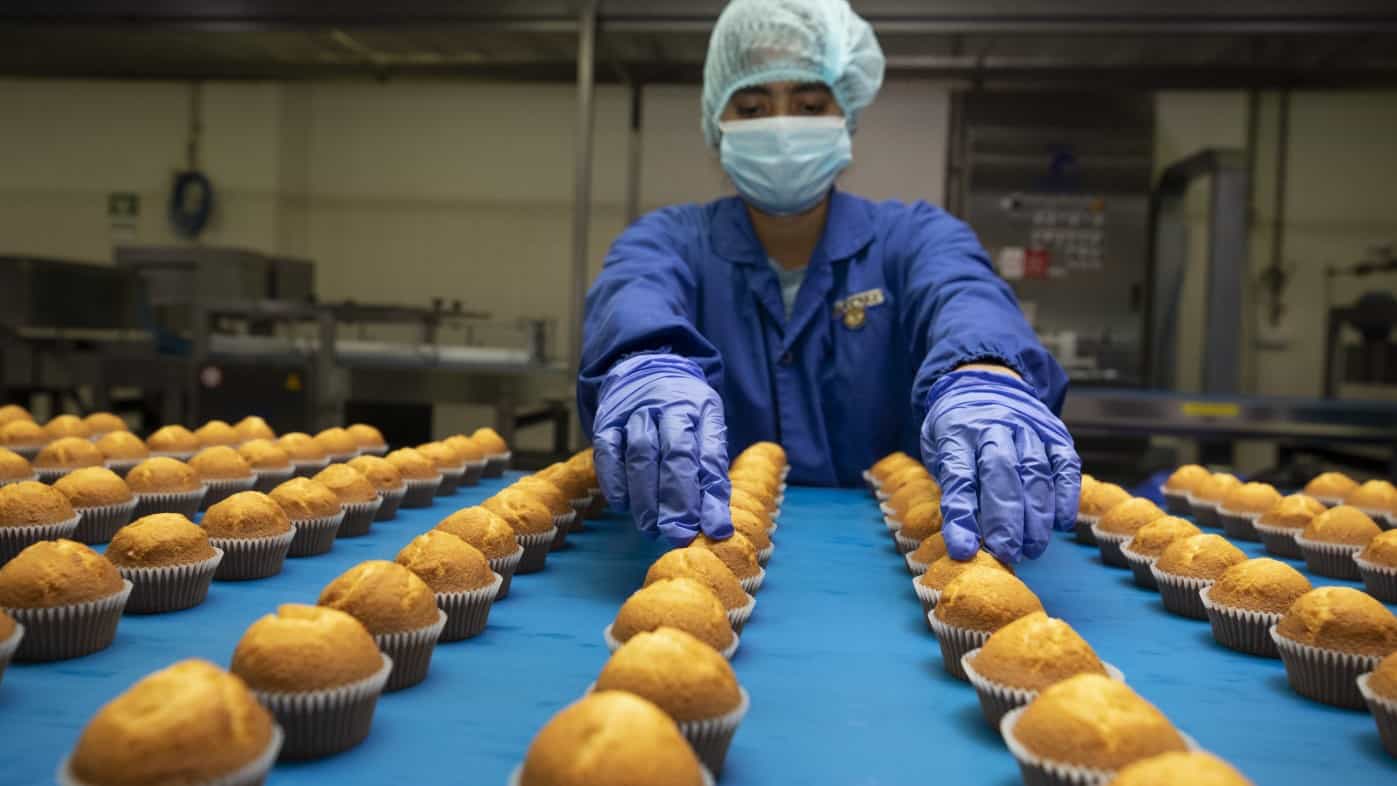GET IN TOUCH
- Please wait...

Bangladesh has made commendable progress in economic growth over the past decade, with an average GDP growth rate of 6%. At present, Bangladesh is the 41st largest economy in the world and is predicted to become the 24th largest with the persistence of current growth statistics. This pertinent growth is majorly due to the rising middle-income class, rapid urbanisation, and infrastructural investments.
The current urbanisation rate is at 39% in 2021 and is expected to cross 50% by 2040. The migration of the population from rural areas to urban locations has reduced joint families and has given rise to nuclear families, resulting in increased demand for household-level consumer products. Along with it, the overall demand for food has increased, and so has the demand for bakery products.
Exploration of different cuisines by the population has led to the innovation of bakery products, and this has been largely possible due to the expansion of capacity by well-known local brands, an increased shift towards automation, and the maintenance of quality standards.
The growing number of boutique bakery stores and industrial manufacturers have facilitated the opportunity to explore new flavours in the bakery market. The diversified product portfolio has helped the industry maintain a 10% to 12% growth rate and inclusion of items that are prominent in the international markets, increasing the export prospects of the sector.
The bakery industry is heavily dependent on imported raw materials that are processed locally and used in the production of bakery products. In order to get an in-depth understanding of the bakery industry, the United States Department of Agriculture’s (USDA) Foreign Agricultural Services commissioned LightCastle Partners to conduct a bakery value chain assessment.
The study primarily entailed conducting an in-depth assessment of the bakery value chain, sizing, and growth projections for different bakery items and key ingredients.
A mixed method approach has been adopted by conducting rapid surveys with consumers, and in-depth interviews with value chain actors, including retailers, dealers, importers, industrial manufacturers, local processors & millers, regional SME bakeries, and raw material suppliers. For triangulation purposes, interviews with associations and industry experts have been conducted.
While investigating the industry dynamics of the bakery market, the LightCastle team has identified that strong reliance on import-dependent bakery ingredients has caused the increased cost of production due to the Russia-Ukraine war.
While local millers and refiners have faced difficulties in meeting domestic demand because of restrictions in opening LCs (Letters of Credit), bakery manufacturers had to opt for a shrinkflation strategy by reducing packaging size and maintaining the same price point to continue catering to the same customer base.
From the consumer’s point of view, the rising cost of living has had them opt for staples. Demand for items such as biscuits and bread is considered to be staple snacks and has remained relatively inelastic, while cakes and other premium bakery items have seen a fall in growth rates.
LightCastle Partners have gauged the prospects of the bakery sector from overarching factors such as trade statistics and the business confidence of experts.
With the persistence of the current geopolitical trends in action, the bakery industry is expected to grow in single digits till 2025 and later regain its stature in the long run from 2025 onwards.
The growing diversity of bakery products will not only increase the import of raw materials like wheat, sugar, and palm oil but also of additives such as flavourings and enzymes.
Photo Credit: The Business Standard
Our experts can help you solve your unique challenges